Film for strawberries
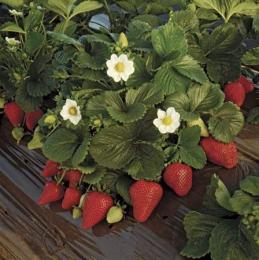
No one will argue that everyone loves strawberries, both children and adults. There is no such country plot or garden where at least a few beds with this amazing berry would not be planted. She enjoys well-deserved popularity. The best place in the garden is allocated for it, no time, effort or fertilizer is spared. Growing strawberries on an industrial scale is a troublesome but profitable business. With proper care, the owner of the plantation receives up to 20-30 tons of berries from 1 hectare per season. However, to obtain such a harvest, you should know the characteristics and care requirements of this crop.
Content:
Good soil is of great importance for obtaining a rich and high-quality harvest. But it is destroyed by rain, wind, sun, wind and other natural factors. Therefore, in order to maintain the integrity of the soil structure and protect it from rapidly growing weeds, it is used as a protective material. special polyethylene film for strawberries, which is also called mulching film.
Film selection: manufacturer, color, sizes
The purchase of mulch film must be approached with full responsibility and in accordance with your requirements for the timing of growing strawberries. For this crop, special polyethylene film is used. There is a large selection of films and manufacturers. Film made in China usually has a promised service life of 3 years. But it rarely holds up. The best quality is film from Israel.

There are also films of different colors, and it is the color that affects the growth of strawberries. Based on numerous studies, it has been found that dark film for strawberries contributes to better soil warming, as well as earlier obtaining a good harvest. When using white mulch film, the soil warms up less, which leads to a slight slowdown in the growth of strawberries. In Europe, they practice using films of other colors, and even two-color ones.
There are also offers of films with ready-made round holes made in it, which is very convenient for installation, but perhaps reduces its service life at a higher price.
The thickness and width of the film also matters. It is desirable that the thickness of the mulching film be at least 40-50 microns. And the width of the canvas depends on the width of the bed and the number of rows of strawberries that are planned to be planted in one bed. Usually two rows are planted, but some gardeners practice more.
If plastic film is used as a mulching material, then strawberries are usually watered using the drip method. Because other types of irrigation will be difficult.
To do this, immediately before covering the soil with mulch film, it is necessary to prepare the soil by clearing it of weeds and any diseases and laying drip irrigation hoses. Using film for strawberries will not only help you get a high yield, but will also significantly reduce manual labor.
Planting seedlings: tips and tricks
You need to decide with strawberry seedling type. It comes with a closed (in pots) or open root system (frigo seedlings or freshly dug).If the seedlings are in pots, it is convenient to use a film with round holes (if there is no film with holes, you can make them yourself with a wallpaper knife or scissors).
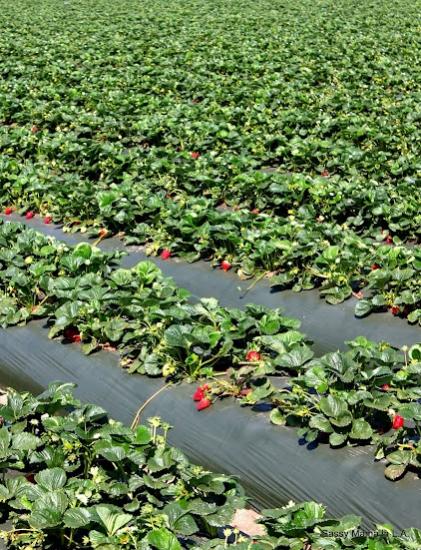
You can make holes in the ground with a pipe having the diameter of a pot. We hammer the pipe into the ground, then pull it out, shake out the soil, and place a strawberry bush together with the lump in the resulting hole. It is recommended to make a mark or clamp on the pipe to adhere to the desired hole depth. Planting order: make a bed, cover it with black film with ready-made holes, fix the film at the ends of the bed. Then we make holes in the ground and plant seedlings. When planting, the main thing to remember is where the drip irrigation tube is located under the film to avoid damage to it.
Planting strawberries without a pot on mulch film is a more difficult task. Holes in the film are made with a knife, not necessarily round, but cross-shaped. Then the roots of the seedling are carefully tucked into the ground in the prepared hole.
We make the ridges of arbitrary length, the width depends on the number of rows. The distance between the ridges is at least 40 cm. Some gardeners place straw on the film, this prevents the plant roots from overheating. The berries in such a shelter will be clean, free of weeds, and not affected by diseases. Strawberries planted in this way do not require weeding, loosening, or frequent watering; the tendrils do not take root and are easy to trim.
The beds should be raised so that when it rains, water can drain freely and not form puddles.
At the end of fruiting, the film is removed, dried and rolled until next year. The straw is collected. Old and diseased leaves of strawberries are removed and treated with anti-disease medications or a solution of potassium permanganate.
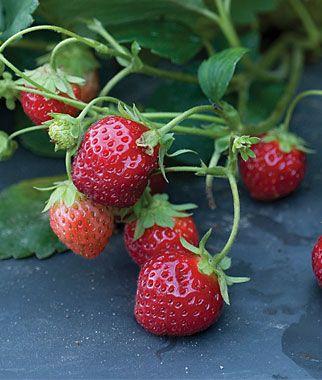
It is recommended to sow the row spaces with grass or rapeseed, then weeds will not grow. Or weed mechanically. The greenery that has grown in the walkways by autumn will become an excellent fertilizer if you simply hoe it into the soil. When it gets cold you can cover the strawberry bushes the remaining straw.
Conclusion: planting strawberries on film makes it possible to obtain clean commercial products of the highest quality, significantly simplify the process of caring for the crop, get a harvest earlier and increase yields by up to 20%.

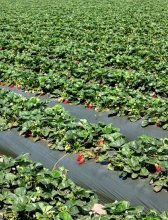
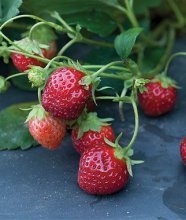
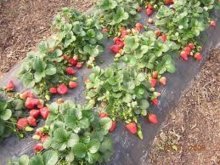
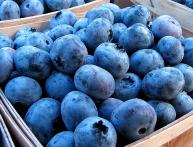
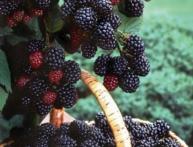
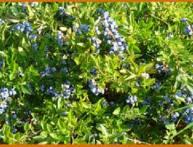
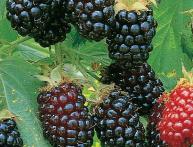
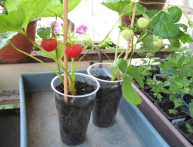
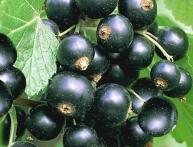
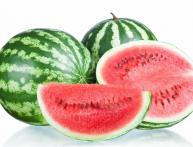
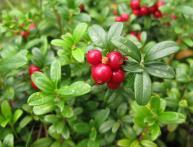
Comments
Well, now I’m in doubt whether to plant strawberries under film or under non-woven material... Maybe I’ll try both options? And compare the results in the summer? I'll probably do that. I’m a little confused about watering such high beds? On an industrial scale, how is it watered? Is it really drip irrigation? At the dacha, everything is clear; you can use cuttings of hoses of different lengths. In general, there are thick polyethylene hoses with holes. I used these for watering cucumbers.
Suddenly! For the first time I hear that the color of the covering film can and does affect the growth rate of strawberries!!! Does this only apply to strawberries, or to all plants in general, in particular cucumbers?